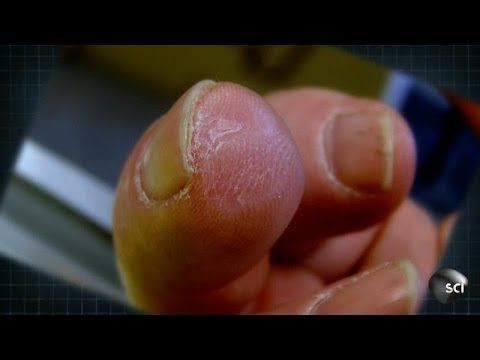'Magical Pixie Dust' From Pig's Bladder Helps Man Regrow Human Tissue On Severed Finger

The magical formula to regrow a finger apparently includes a doctor, a pig, and some “pixie dust.” This is no fairytale, though; this is a medical breakthrough being explored at the University of Pittsburgh, Pa. In Science Channel’s video, “How to Grow a New Fingertip,” Dr. Stephen Badylak from the university explains regenerative medicine has the potential to grow a whole human body.
“We can grow the whole human in nine months,” he says in the video. “All we really need to do is figure out how to grow a part of that human.”
One of the animals being used to reform limbs and organs is the pig, since it has been the source for replacing heart valves in humans, not to mention dermatological research for years. Pigs are similar to humans in genetic makeup and are seldom rejected by the human body.
Pig's bladder, for example, is a regenerative material being widely used, since it’s cheap and easily available. Researchers scrap away layers of tissue that contain the extracellular matrix, which is like scaffold in all animals and humans. “The extracellular matrix is the glue that holds cells together in every tissue and organ of your body,” says Badylak. “And it gives instructions to the cells, and the cells, in turn, give instructions to the matrix.”
It is when the tissue is cleaned and dried the material can be ground into a powder or made into a sheet like waxed paper or modeled into a shape, similar to an esophagus. For example, when Lee Spievack lost his fingertip to a plastic propeller from a model plane in 2005, he thought he lost forever what he gained in four weeks with the help of a vial of the powdered material described as "pixie dust."
“And what did I have to lose really,” says Spievack, about using the vial for the first time.
Spievack sprinkled the pig’s matrix onto the nub of his missing finger and was surprised when it regrew with no defects or discoloration, and with a whole fingernail attached.
The powder can help rebuild new life and possibly reprogram the way the body reacts to trauma.



























